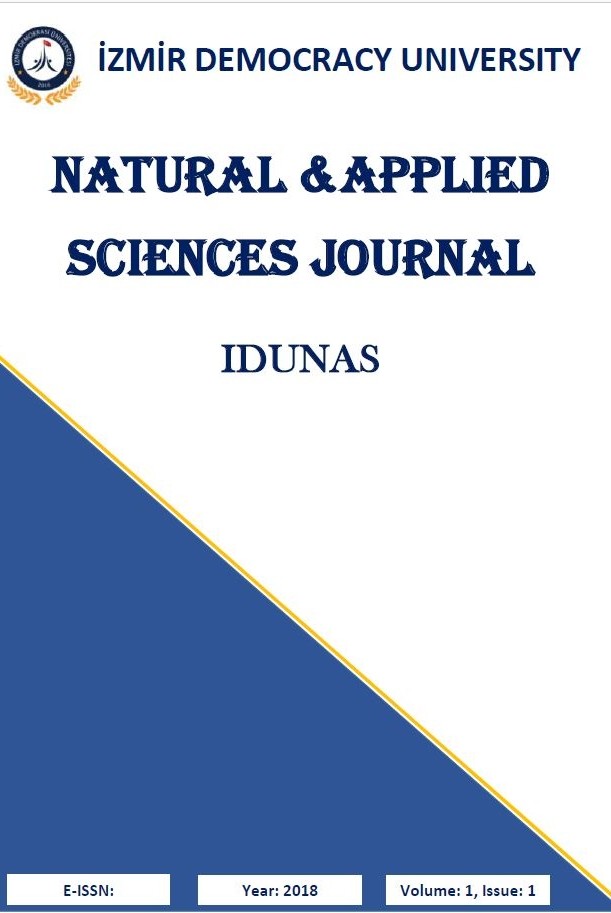Infinite perimeter selective segmentation model
Infinite perimeter selective segmentation model
___
- [1] G. Aubert and P. Kornprobst. “Mathematical problems in image processing: Partial Differential Equations and the Calculus of Variations,” Springer, 2001. “”
- [2] V. Badrinarayanan, A.Kendall, and R. Cipolla. “Segnet: A deep convolutional encoder-decoder architecture for image segmentation, ” CoRR., 2015.
- [3] N. Badshah and K. Chen. “Image selective segmentation under geometrical constraints using an active contour approach, ” Commun. Comput. Phys., 7(4):759–778, 2009.
- [4] M. Barchiesi, S. H. Kang, T. M. Le, M. Morini, and M. Ponsiglione. “A variational model for infinite perimeter segmentations based on lipschitz level set functions: Denoising while keeping finely oscillatory boundaries, ” Multiscale Modeling & Simulation, 8(5):1715–1741, 2010.
- [5] G. J. Brostow, J. Fauqueur, and R. Cipolla. “Semantic object classes in video: A high-definition ground truth database, ” Pattern Recogn. Lett., 2:88–97, 2009.
- [6] V. Caselles, R. Kimmel, and G. Sapiro. “Geodesic active contours. International Journal of Computer Vision, ” 22(1):61–79, 1997.
- [7] T. F. Chan and L. A. Vese. “Active contours without edges,” 1998.
- [8] L. C. Chen, G. Papandreou, I. Kokkinos, K. Murphy, and A. L. Yuille. Deeplab: “Semantic image segmentation with deep convolutional nets, atrous convolution, and fully connected crfs, ” IEEE Transactions on Pattern Analysis and Machine Intelligence, 40(4):834–848, 2018.
- [9] D. Comaniciu, P. Meer, and S. Member. “Mean shift: A robust approach toward feature space analysis” IEEE Transactions on Pattern Analysis and Machine Intelligence, 24:603–619, 2002.
- [10] S. Geman and D. Geman. “Stochastic relaxation, gibbs distributions and the bayesian restoration of images,” IEEE Transactions on Pattern Analysis and Machine Intelligence, (6):721–741, November.
- [11] C. Gout, C. Le Guyader, and L. A. Vese , “Segmentation under geometrical consitions with geodesic active contour and interpolation using level set methods ,” Numerical Algorithms, 39:155–173, 2005.
- [12] C. Gout. “Viscosity solutions for geodesic active contour under geometrical conditions,” International Journal of Computer Mathematics, 85(9):1375–1395, 2008.
- [13] C. Le Guyader and C. Gout. “Geodesic active contour under geometrical conditions theory and 3d applications, ” Numerical Algorithms, 48:105–133, 2008.
- [14] Steve Hanov. “Wavelets and edge detection, ” April 2006.
- [15] T. Lu, P. Neittaanmaki, and X. C. Tai. “A parallel splitting-up method for partial differential equations and its application to navier-stokes equations, ” RAIRO Mathematical Modelling and Numerical Analysis, 26(6):673–708, 1992.
- [16] J. Malik, Th. Leung, and J. Shi. “Contour and texture analysis for image segmentation, ” International Journal of Computer Vision, 43:7–27, 2001.
- [17] S. Mallat. “A wavelet tour of signal processing, “ Academic Press, USA, 1998.
- [18] P. Morrow, S. McClean, and K. Saetzle. “Contour detection of labeled cellular structures from serial ultrathin electron microscopy sections using gac and prior analysis, ” IEEE Proceedings of IPTA, pages 1–7, 2008.
- [19] D. Mumford and J. Shah. “Optimal approximation by piecewise smooth functions and associated variational problems,” Communications on Pure Applied Mathematics, 42:577–685, 1989.
- [20] D. Mumford and J. Shah. “Boundary detection by minimizing functionals, ” In IEEE Conference on Computer Vision and Pattern Recognition.
- [21] T. Nguyen, J. Cai, J. Zhang, and J. Zheng. “Robust interactive image segmentation using convex active contours, ” IEEE Transactions on Image Processing, 21:3734–3743, 2012.
- [22] S. Osher and J. A. Sethian. “Fronts propagating with curvature dependent speed: Algorithms based on hamilton-jacobi formulations,” Journal of Computational Physics, 79(1):12–49, 1988.
- [23] Lavdie Rada and Ke Chen. “Improved selective segmentation model using one level-set, ” Journal of Algorithms & Computational Technology, 7(4):509–540, 2013.
- [24] Lavdie Rada and K. Chen. “On a variational model for selective image segmentation of features with infinite perimeter,” volume 33, pages 253–272, 2013.
- [25] L. Rada and K. Chen. “A new variational model with dual level set functions for selective segmentation,” CiCP, 12(1):261–283, 2012.
- [26] D. Sen and S. K. Pal. “Histogram thresholding using fuzzy and rough measures of association error, ” Image Processing, IEEE Transactions on, 18(4):879–888, 2009.
- [27] N. Valliammal and S. N. Geethalakshmi. “ Performance analysis of various leaf boundary edge detection algorithms, ” In Proceedings of the 1st Amrita ACM-W Celebration on Women in Computing in India, A2CWiC ’10, pages 34:1–34:6, 2010.
- [28] J. Weickert and G. Kühne. “Fast methods for implicit active contour, ” In N. Paragios S. Osher, editor, Geometric Level Set Methods in Imaging, Vision, and Graphics, pages 43–57. Springer New York, 1995.
- [29] J. Weickert, B.M. Romeny, and M.A. Viergever. “Efficient and reliable schemes for nonlinear diffusion filtering ,” IEEE Transactions on Image Processing, 7(3):398–410, 1998.
- [30] Xiangrong Zhang, Feng Dong, G. Clapworthy, Youbing Zhao, and Licheng Jiao. “Semi-supervised tissue segmentation of 3d brain mr images,” In Information Visualisation (IV), 2010 14th International Conference, pages 623 –628, 2010.
- ISSN: 2645-9000
- Başlangıç: 2018
- Yayıncı: İzmir Demokrasi Üniversitesi
Infinite perimeter selective segmentation model
İsmet KARACAN, İnanç ERDOĞAN, Mustafa İĞDİL, Ufuk CEBECİ
BabyTube: Ruby on Rails Based Automatic Video and Image Tagging Application
Predicting Purchase Interest of Online Shoppers Using Boosting Algorithms
